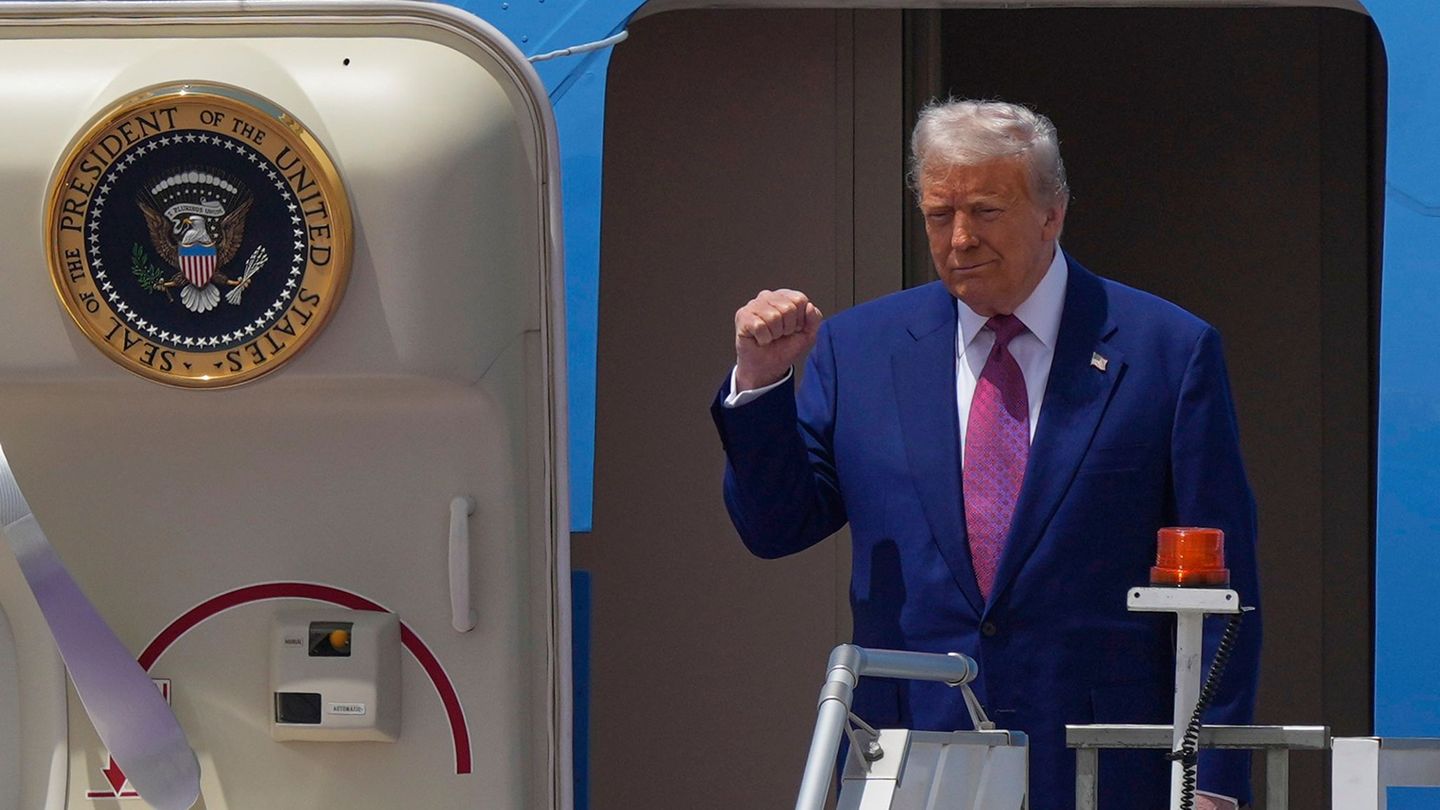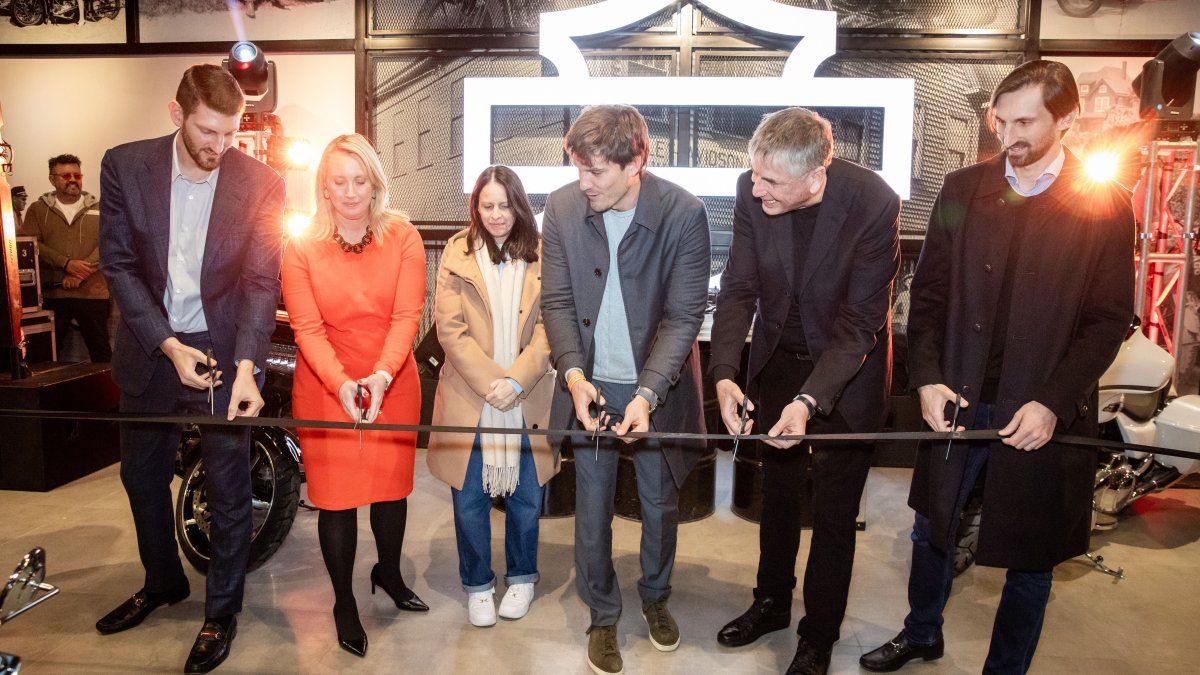With the passage of time, the figure of leader was transformed. While in the past a leader was defined by his authority and power over others, today organizations look for something more in referents. In the words of Bill Gates: “Leaders will be those who drive others.” More than simply occupying a position of authority, a good leader today stands out for cultivating an environment of trust and psychological and emotional security within his team.
When employees feel free to express their ideas, raise suggestions, and challenge the status quo without fear of retaliation, organizations can experience exponential growth in various aspects. This is indicated by a study carried out by the consulting firm McKinsey, which also highlights that psychological safety is a key element for the development of an organizational culture that encourages innovation, diversity and adaptability to change.
In a context where the shortage of qualified talent is a determining factor in the market, the relationship between the leader and his team is fundamental. In Latin America, 78% of organizations say they have difficulties finding the technological talent they require, and in Argentina this figure rises to 81%, which further accentuates the challenges the country faces in this regard (Experis).
Although the turnover rate has decreased from 21% to 16% between 2022 and 2023 (OPSSI), the lack of IT talent continues to be a concern for technology companies. According to CESSI data, employment in the IT industry went from 20,000 jobs in 2004 to more than 140,000 in 2023, an exponential growth that leaves between 10,000 and 15,000 positions unfilled annually.
It’s not just about offering a competitive salary; The key is to create a work environment where employees feel valued, where they find opportunities for growth and where work is rewarding. Leaders play a crucial role in building this environment, as they are responsible for establishing the company’s culture and work environment.
In our experience, the leader is involved with the purpose of each person who makes up the team. Our objective is to align the purpose of the company with that of each professional, and the leader is the one who facilitates this integration. Before assuming the leadership role, it is essential that they acquire relationship skills, empathy and other key competencies through specific workshops, so that the leader has the necessary tools to transmit the company’s purpose and understand that of his or her equipment. Furthermore, having constant instances of evaluating the learning and performance of each leader allows these skills to continue developing and positively impacting the work team.
A good leader must adapt to the needs of each team member, being flexible and capable of transforming as required by the individual circumstances of his collaborators. Training leaders who understand the importance of these factors and who know how to cultivate them will not only keep teams united and happy, but will also maximize personal and organizational goals.
Talent and Culture Manager at Finnegans
Source: Ambito
David William is a talented author who has made a name for himself in the world of writing. He is a professional author who writes on a wide range of topics, from general interest to opinion news. David is currently working as a writer at 24 hours worlds where he brings his unique perspective and in-depth research to his articles, making them both informative and engaging.




